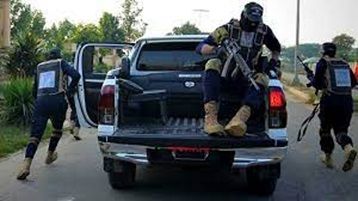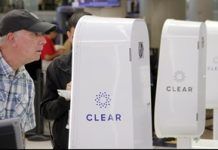The Transportation Security Administration (TSA) has installed two new security technologies that enhance screening capabilities of travellers and their belongings at the Salisbury-Ocean City Wicomico Regional Airport security checkpoint. A new credential authentication technology (CAT) unit and a 3-D computed tomography scanner are now in use at the airport’s checkpoint.
Travellers first will engage with the new CAT technology at the travel document checking podium. A passenger’s ID is inserted into the unit, which confirms the validity of a traveller’s identification and their flight information.
“The credential authentication technology enhances detection capabilities for identifying fraudulent documents such as driver’s licences and passports at the checkpoint and increases efficiency by automatically verifying passenger identification,” said Christopher Murgia, TSA’s Federal Security Director for Maryland. “For example, we’ll know immediately if the ID has expired or has been altered in some fashion to change the age, address or photo of the individual. The system will also confirm the passenger’s flight status in near real time through a secured connection, which enables us to confirm that this traveller is ticketed to fly out of this airport today.”
CAT units authenticate more than 2,500 different types of IDs including passports, military common access cards, retired military ID cards, Department of Homeland Security Trusted Traveler ID cards, uniformed services ID cards, permanent resident cards, U.S. visas and driver’s licenses and photo IDs issued by state motor vehicle departments. When a traveller hands the security officer their ID, the officer places it in the CAT unit, which scans the ID and informs the security officer whether the ID is valid.
Travellers who approach the TSA travel document checking podium do not have to show their boarding pass because the CAT unit verifies that the traveller is ticketed to travel out of the airport for a flight that day. Even with TSA’s use of the credential authentication technology, travellers still need to check-in with their airline in advance and bring their boarding pass to their gate agent to show the airline representative before boarding their flight.
After passing through the travel document checking podium, travellers will then approach the new state-of-the-art advanced technology computed tomography (CT) scanner, which uses 3-D imaging that provides critical explosives detection capabilities for screening carry-on items.
“Our officers’ use of CT technology substantially improves our threat detection capability at the checkpoint,” Murgia said. “Previously, our screening technology for carry-on bags used 2-D images. The CT technology applies advanced algorithms for the detection of explosives, including liquid explosives and other threat items.”








